HS-ETS1-3
Evaluate a solution to a complex real-world problem based on prioritized criteria and trade-offs that account for a range of constraints, including cost, safety, reliability, and aesthetics, as well as possible social, cultural, and environmental impacts.
-
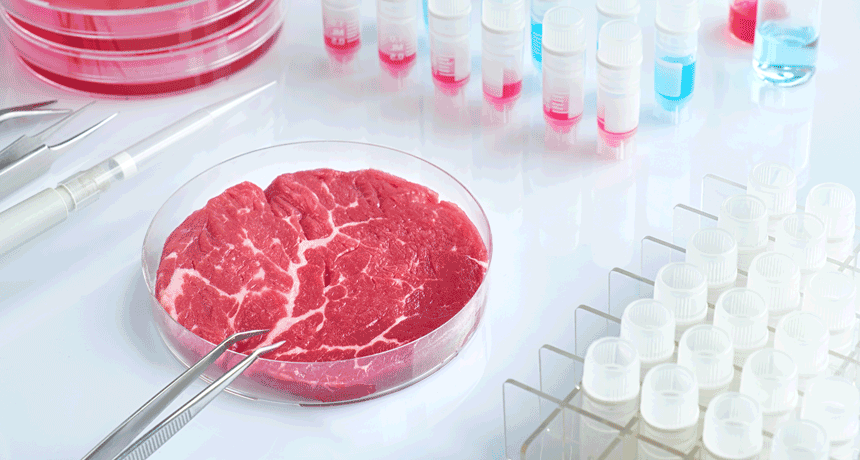 Life
LifeA new spin on lab-grown meat
A technique inspired by how cotton candy is spun could help produce lab-grown meat at a lower cost and on a bigger scale.
-
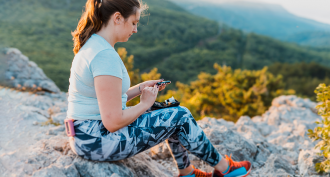 Health & Medicine
Health & MedicineUltrasound might become a new way to manage diabetes
Ultrasound turns on production of the hormone insulin in mice. Someday, it might help maintain healthy blood-sugar levels in people who were recently diagnosed with diabetes.
-
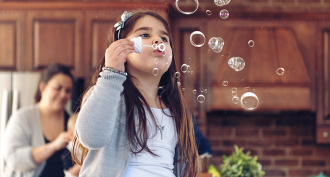 Health & Medicine
Health & MedicineExplainer: Vaccines are not linked to autism
Some parents say no to children’s vaccines because they worry immunizations could cause autism. But science has looked again and again and still finds no causal tie.
-
 Earth
EarthExplainer: Where fossil fuels come from
Despite one oil company famously using an Apatosaurus as its logo, oil, gas and coal don’t come from dinosaurs. They do, however, come from a long time ago.
-
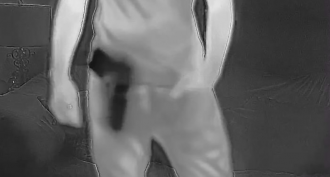 Science & Society
Science & SocietyHeating up the search for hidden weapons
Using an off-the-shelf camera and an innovative bit of software, a high-school student developed the means to inexpensively detect a hidden weapon.
By Sid Perkins -
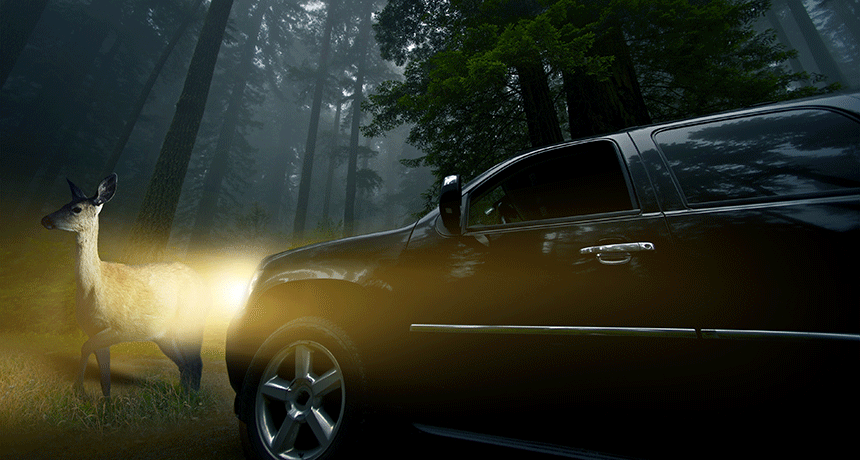
Protecting deer with high-pitched noises
After her uncle crashed his truck into a deer, this teen decided to find out if there was a sound that would drive the animals away from roads.
-
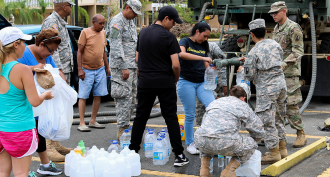 Tech
TechHurricane crisis inspires teen’s water-cleanup system
In the wake of last summer’s devastating Hurricane Maria, a Puerto Rican Intel ISEF finalist developed a do-it-yourself system to create clean drinking water.
By Sid Perkins -
 Health & Medicine
Health & MedicineDrug-detection system could help partygoers protect themselves
Fed up with people getting unwittingly drugged at parties, a teen designed a special bracelet. It can alert drinkers to the presence of certain hidden drugs.
-
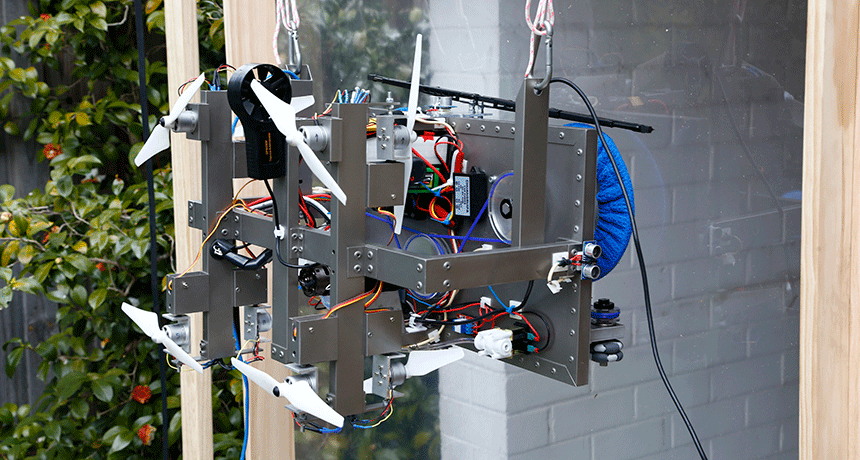 Tech
TechThis robot can wash a skyscraper’s windows
Cleaning windows on high-rise buildings can be perilous. But an Australian 12th-grader has created a robot to spare people the risk.
By Sid Perkins -
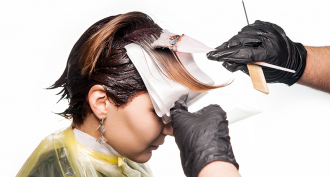 Materials Science
Materials ScienceNew black hair dye uses no harsh chemicals
Scientists have developed a new black-carbon-based hair dye. Instead of using damaging chemicals to dye hair, flexible flakes of carbon coat each strand.
-
 Chemistry
ChemistryBanana plant extract can slow how fast ice cream melts
Food scientists now show that adding these tiny plant particles to ice cream may delay the rate at which this treat melts into a soupy mess.
-
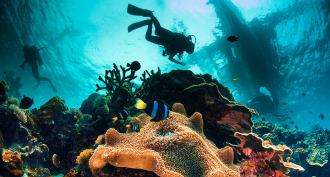 Chemistry
ChemistryCool Jobs: Diving for new medicines
Scientists mix research with underwater adventure as they search the oceans for new chemicals to treat infections, cancer and more.